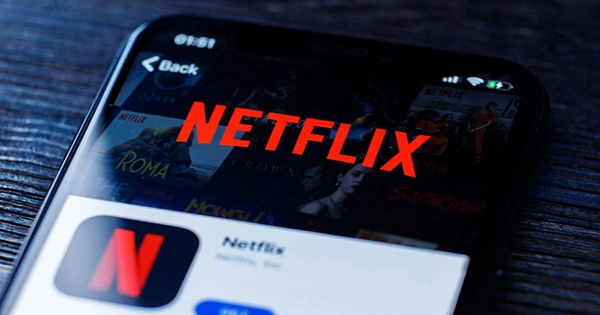Streaming music is becoming more popular all around the world. As of the second quarter of 2021, 523.9 million people worldwide had enrolled to a music streaming service, according to a new report by MIDiA, an entertainment research group. This represents a 26.4 percent increase over the previous year’s figure of 109.5 million. Despite the fact that Spotify is the most popular streaming service, with 31% of the market, its dominance is constantly eroding – it controlled 33% of the market in 2020 and 34% in 2019.
In the year proceeding up to Q2 2021, Spotify added more overall members than its competitors, however although Spotify grew by 20%, Amazon Music increased by 25%. Meanwhile, Google’s YouTube Music boosted its overall market share by more than 50% in the year leading up to Q2 2021, making it the only Western streamer to do so. Tencent Music, a subsidiary of the Chinese gaming behemoth Tencent, has the same percentage market share as Amazon Music.
Because this research only goes up to Q2 2021, it will not reveal the impact of lossless audio, which will be available on both Amazon and Apple in May. Spotify hinted to a high-end subscription named Spotify Hi-Fi about a year ago, promising subscribers “CD-quality, lossless audio format” for their music. However, Spotify has not stated when this product will release.
Then there is Tidal, which has long catered to those looking for a higher-quality audio experience. Despite the fact, that Tidal’s lossless audio tier costs $9.99 a month — the same as Apple Music and only two dollars more than Amazon Music — the company has less than 2% global market share, according to the MIDiA report. Tidal, which founded by Jay-Z and then acquired by Block, bills itself as a platform for musicians to release their music “just as the artist intended” (i.e. with extremely good audio quality).
However, given that Block owns the company, the concept of an artist-friendly streaming service is not just about sound; the company is also experimenting with ways to make music streaming more profitable for musicians. Tidal introduced fan-centered royalties to its highest HiFi Plus tier ($19.99/month) at the beginning of this year, which means that 10% of a user’s subscription will go directly to their most-listened-to artists. Will Tidal be able to attract new subscribers that care more about funding artists than master-quality music because of this move? After all, Deezer (which is working on implementing user-centric payments) has a whole 2% of the market, which is higher than Tidal.
















